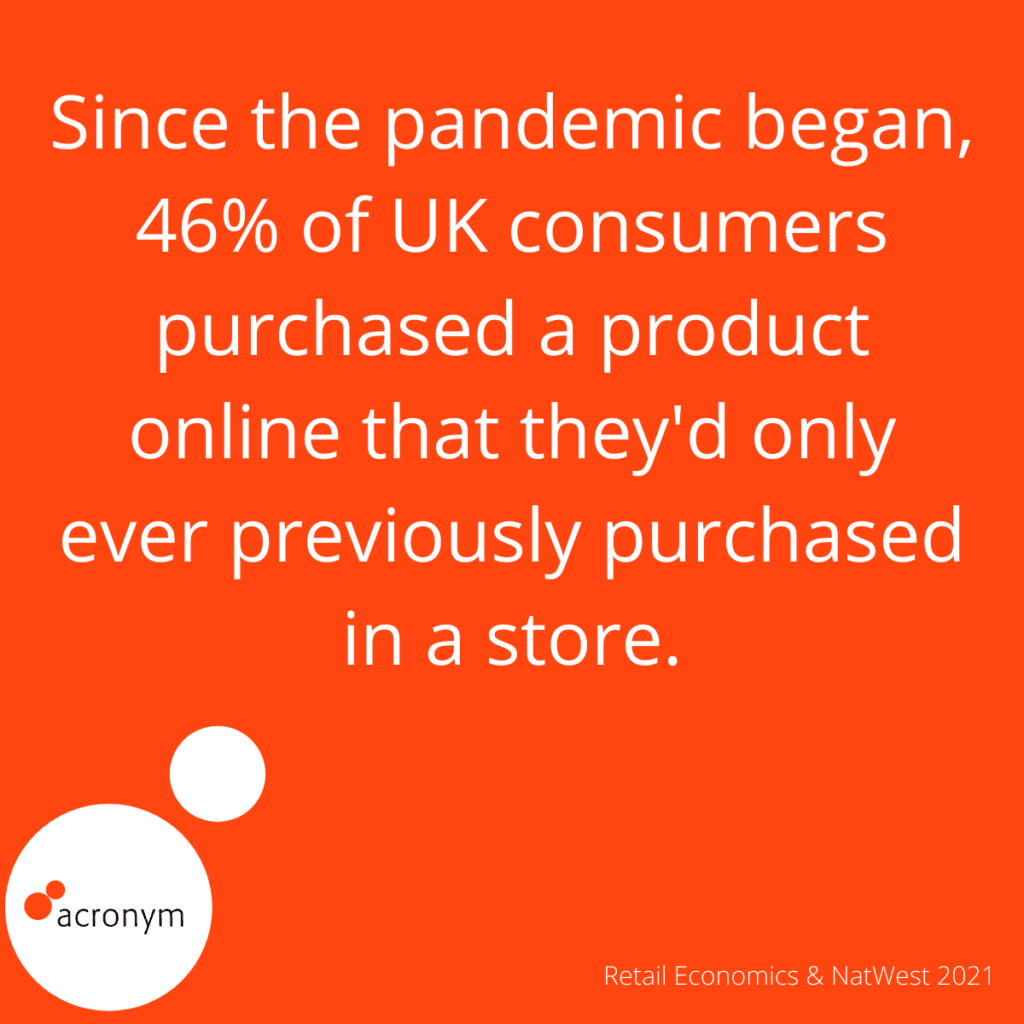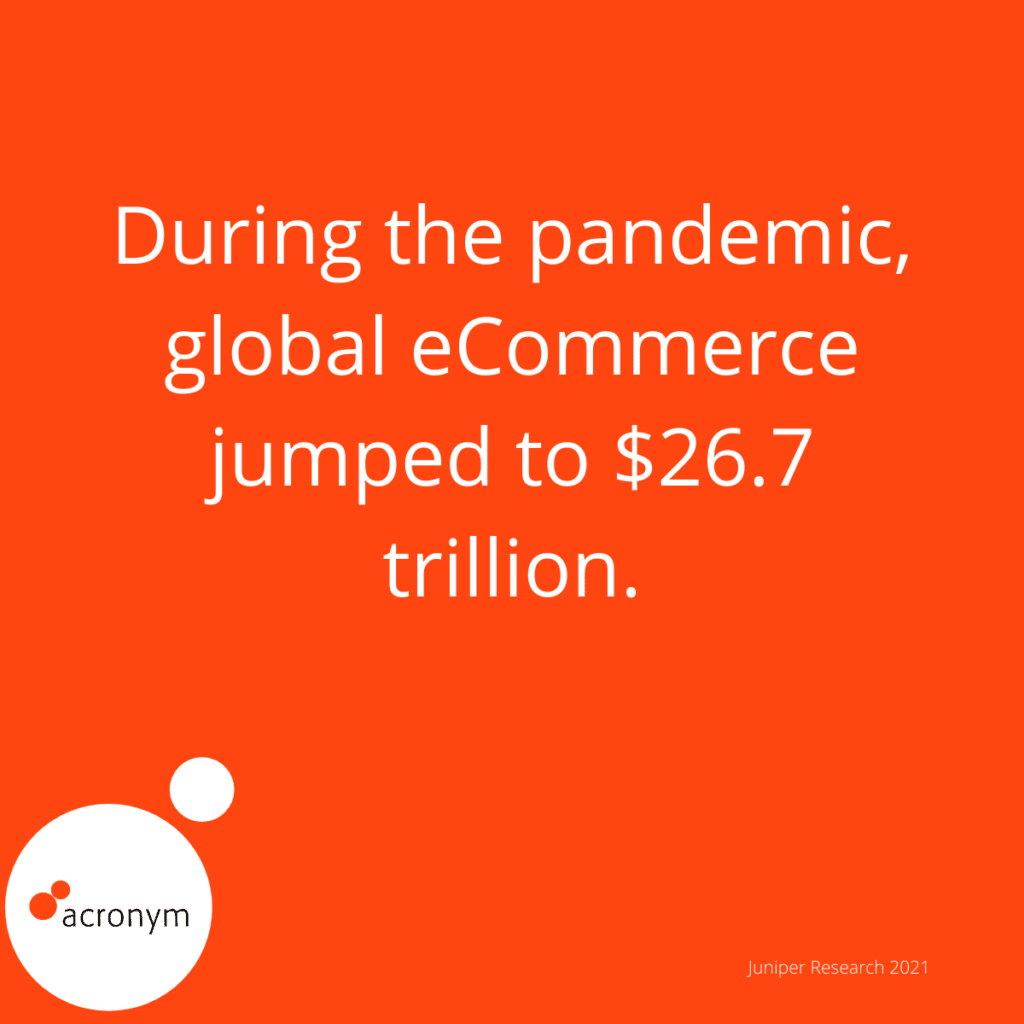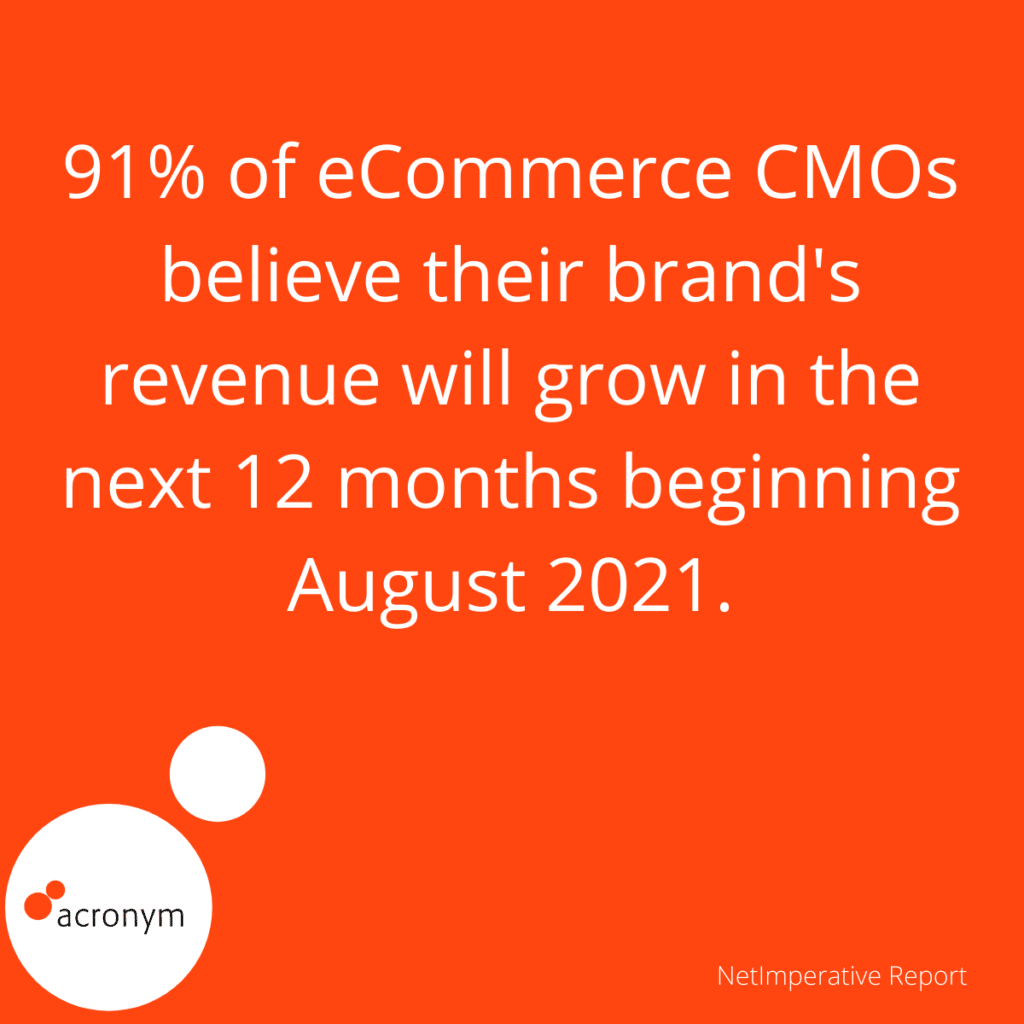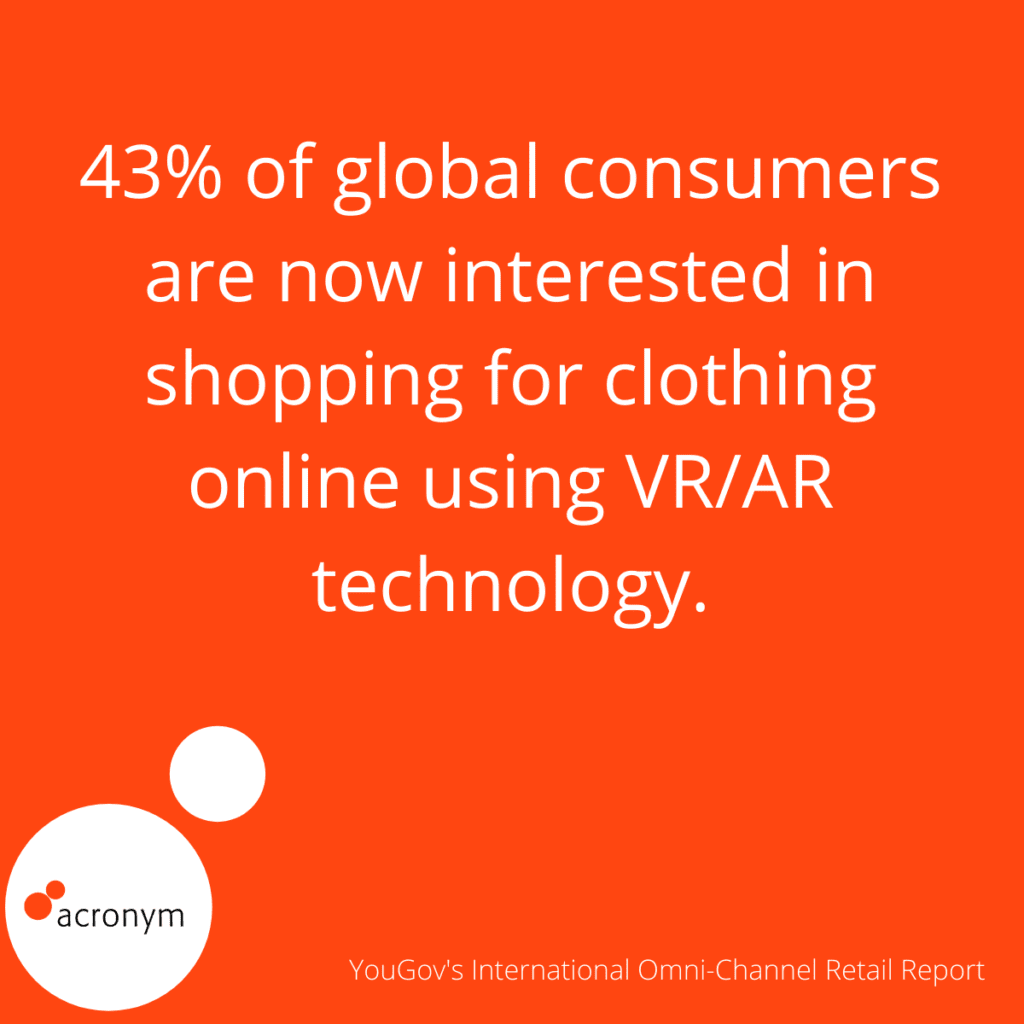The average items per order in e-Commerce increased by 60% at the height of COVID. What can eCommerce brands do to keep this trend going as COVID restrictions are pulled back?

Online shopping was my answer to just about everything for over a decade. The delivery guys have me on speed dial and we’re pretty much on a first name basis. In March 2020, when the UK went into lockdown, I took for granted that my ten years of online shopping experience and established vendor relationships would mean I get priority. It wasn’t long before I realized that my next day delivery slot for essentials was no longer available and my other “comfort” shopping options were facing their own challenges with supply management and logistics.
This all happened because, without much choice, even those who were anti-online shopping had changed their tune. The pandemic has pushed us into an era of extreme convenience. Curbside pickup, eCommerce, and virtual options have become the new norm. Furthermore, for seasoned online shoppers, why settle for next day delivery when there is a same day priority option available.
Beyond retail, the services sector also had to recalibrate. Virtual classes and experiences emerged as the “new norm”. From orchestras and West End musicals (Indeed, we spent Christmas with “Mary Poppins” at our doorstep thanks to Doorstep Productions) to yoga centers and 24-hour medical services, companies in the entertainment, education and wellness business scrambled to get online when lockdowns began. Overnight, Zoom became a household name.
While delivery speed is certainly important, there are other areas of the convenience journey that retailers and service providers need to sharpen up to ensure a great customer experience.
Convenience and ease are key reasons why consumers will continue to engage and transact online. Here’s how you can stay ahead of the game.
Plan an eCommerce experience beyond desktop.

Mobile dominates online sales. By the end of 2021, global mobile eCommerce sales will hit $3.56 trillion. Consumers not only use their mobile devices to research products and services, but also to make transactions. To succeed at eCommerce, having a website accessible through mobile devices isn’t enough. It is important to ensure your mobile site is developed in a commerce friendly way by including simple features such as:
- Image zooming by Pinching and Double-tap gestures.
- Video content demonstrating product or services benefits.
- Save feature for shopping carts.
- Mobile transaction security which conveys a feeling of safe & secure mobile eCommerce.
- Provide an auto-detect, address lookup feature on check-out forms.
- Smooth, easy and speedy checkout.
Focus on navigation
Navigation is one of the most critical components of any website. Good navigation improves users experience on site and creates an environment that is conducive for transactions. Conversely, poor navigation often results in a high bounce rate as frustrated consumers exit the website due to not being able to find the items that they are looking for.
By working with your web analytics team and studying your consumers onsite behavior you would be able to create a user experience optimal for eCommerce by putting yourself in the shoes of your consumers and building out a highly eCommerce focused, easy-to-navigate, website.
Optimize Site Search
Investing in good site search technology provides consumers with an easy and streamlined way of locating desired products and services. In addition, displaying search suggestions on the search results page can provide consumers with more ideas on what they are searching for and offer upselling opportunities.
This is also a ‘goldmine’ for companies as it provides valuable insights such as:
- Forecasting trends in consumer behavior & increased demand for specific product categories.
- Identifying inventory & content gaps.
- Discovering search words / terms used by your consumers to describe your products and services.
- What do your consumers find interesting? If this content already exists on your site, then how can you make this content easier to find.
- What is the search origin page (Where did they get lost on your site)? By combining the search origin page data with top destination page, you can add call to action triggers that can improve content delivery and guide consumers further along the conversion path.

You can work with your marketing team to leverage these insights to develop optimized content on trending topics.
Ideally, by combining web analytics and site search analytics, you can identify trending keywords and align your website, social, pay per click (PPC) and email content around a discrete set of terms that you already know is trending upward. Incorporate these search terms into your digital and offline marketing collateral to cultivate intent and guide your prospective customers to transact.
Invest in great visual representation, video and augmented reality (AR) technology.
Great visual representation will give your customers the same feeling as if they were picking something up in a store. Fashion brands have utilized real-life photography and videos to offer customers a simulated selection of views based on different body types and skin tones.

In fact, product videos are an essential when it comes to eCommerce as it helps demonstrate how the product functions, answers frequently asked questions as well as positively influences customer experience.
Beyond video, retailers are increasingly using AR to provide consumers with a more immersive experience and allowing them to have real time interaction with products while remaining in their own environment. Through AR, L’Oréal have been able to offer virtual makeup and hair color try-on experiences to their customers. For furniture retailers, AR has presented an opportunity for consumers to not only visualize furniture in their homes, but also make sure it fits in the space and style of their room.
Include eCommerce recommendation algorithms to personalize the shopping experience.
Sheer curiosity on the of variety of items available and what’s new in-store is one of the reasons why consumers shop offline. This experience can very easily be replicated in an online store environment by analyzing user browsing habits and investing in technology to sharpen eCommerce recommendation algorithms.
When a consumer visits your site and starts browsing through your product inventory, the recommendation engine starts analyzing customer preferences based off search history, preferences, and shopping filters. Once the recommendation algorithms have established a pattern of preferences, it starts displaying a set of recommendation frames entitled “Selected for you”, “You might also like” or “Frequently bought together”. This delivers a highly personalized experience and an opportunity to upsell and increase overall shopping cart value.
Engage in conversational commerce through “Chatbots”.

Many companies are using chatbots to instantly communicate with customers by providing real time customer service, addressing product related questions, and creating opportunities to upsell consumers through offering product suggestions based on requests, past orders and browsing history. In addition, chatbots are also a great way to guide consumers to complete their purchase through chat.
Check out my earlier POV on How eCommerce is growing via Chatbots.
Embrace social commerce.
While Amazon has been the default go-to for everything throughout the pandemic, platforms like Facebook, Instagram, Snapchat and beyond already have cultivated a significant social commerce and alternative marketplace presence for many retailers.
Essentially, social platforms like Facebook & Instagram Shop offer the opportunity to create an extension of your digital “Flagship Shop” and allows your customers to shop either directly from their social news feeds or from your Facebook Page, Instagram profile, Instagram Shopping ads, shoppable stories and beyond.
It empowers you to engage with your followers (and potentially their network of friends) and create an interest based social commerce experience with the added flexibility of leveraging your social assets and user generated content available on your social environment.
In addition, you are now in the position to shorten the buying cycle and improve your conversion rates because customers have got the option to checkout on the social app, or through messenger chat (enter chatbot and upsell opportunities) or get redirected to your website.
Clearly, the shift to eCommerce is here to stay and presents an opportunity to exponentially expand your digital marketplace and online retail revenue. If you would like to explore how you can enhance your eCommerce experience and drive revenue growth, our subject matter experts will be happy to assist. Please contact us today.
POV by Farah Sadiq, EVP, GM, International










